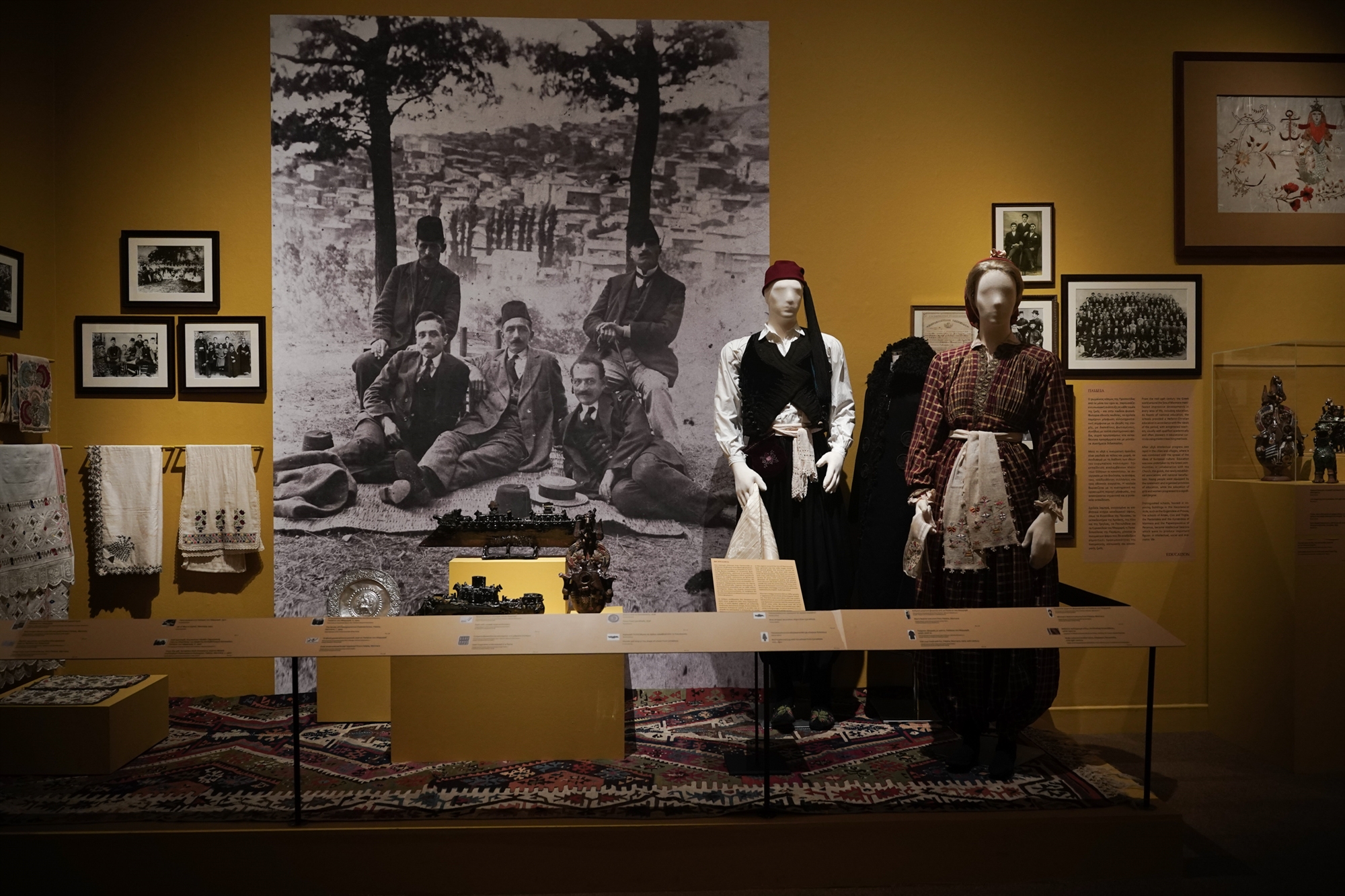
It takes a visitor about an hour to view the large anniversary exhibition. “Asia Minor. Shine. Eradication. Destruction. Creation” in Benaki Museum in Piraeus, which opens to the public from today. And yet, leaving the last room, one gets the feeling that this journey through space and time lasted much longer.
The route, starting from the heyday of Hellenism in Asia Minor – Ionia and the western coasts, Cappadocia and the southern provinces, Pontus, the region of Constantinople and Eastern Thrace – passes along the dark road of the period of persecution, Asia Minor campaign, destruction, to end in Greece, where the lost homelands refugees found a new land.
This is a wealth of 1100 exhibits collected from all over Greece, from private and public collections, from ordinary people, as well as worthy keepers of collective memory, such as the Center for the Study of Asia Minor – one of the most important scientific institutions for the study of history and culture. Asia Minor – and the Benaki Museum with its collections, synthesize in a fluid narrative the dramatic course of Asia Minor through History, from the dawn of the 20th century to the 1920s. This period is described through works of art, images, churches, military and personal relics, clothing, jewelry, handicrafts, maps, photographs, archival and film materials, newspapers, letters, postcards and much more.

The exhibition, which will run until February 12, 2023, consists of three sections, clearly separated by scenography, of which there will be no shortage of surprises for visitors: an impressive entrance that leads us, as passengers of a ship, to the pier. Izmir, a dark street ending in “Exodus”, passing through destruction and flames, silent scenes of refugees, full of memories and evidence of a new life emerging.
Each of these scenes, reminiscent of the refugee camps of 1922, hides treasures as it focuses on the resettlement and integration of expatriates in Greece, as well as the impact of their presence on Greek society. Part of the epilogue of the exhibition refers to the founding by Melpo and Octavius Merlier of the Center for Asia Minor Studies, and a small space dedicated to music, with authentic folk instruments, vinyl records and wonderful four woodcuts, which the engraver A. Tassos, who is called “princesses of rebetika songs”, driven by its immediacy.
The last stop of the tour also deserves a special mention: a video with extracts from the personal testimonies of third and fourth generation immigrants from Asia Minor who confess their memories, revealing precious family heirlooms. Their stories do not evoke emotions – like the exhibition as a whole – but they confirm that those who died a century ago were and remain alive in the country, an integral part of our soul. As the curator of the exhibition, art historian Evita Arapoglu, commented, “Asking everyone we met if they had any connection with Asia Minor, we understood that four out of five Greeks have at least some distant relative.”
Source: Kathimerini
James Springer is a renowned author and opinion writer, known for his bold and thought-provoking articles on a wide range of topics. He currently works as a writer at 247 news reel, where he uses his unique voice and sharp wit to offer fresh perspectives on current events. His articles are widely read and shared and has earned him a reputation as a talented and insightful writer.